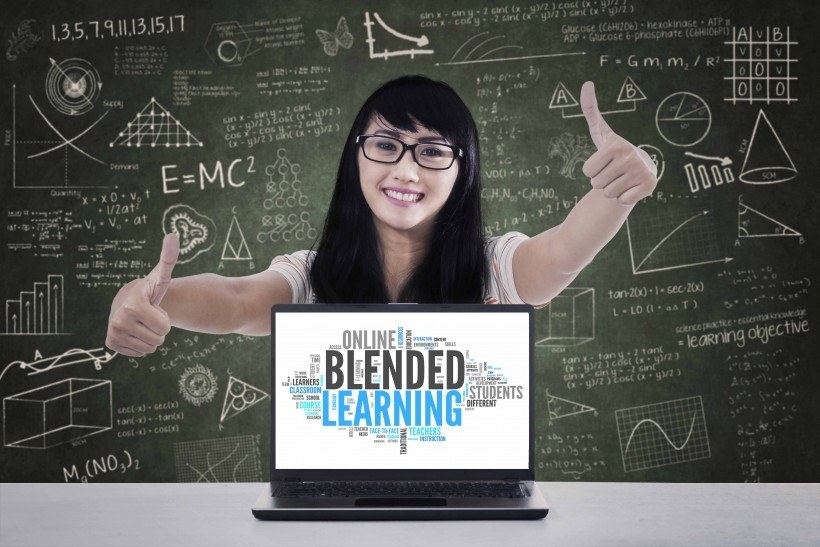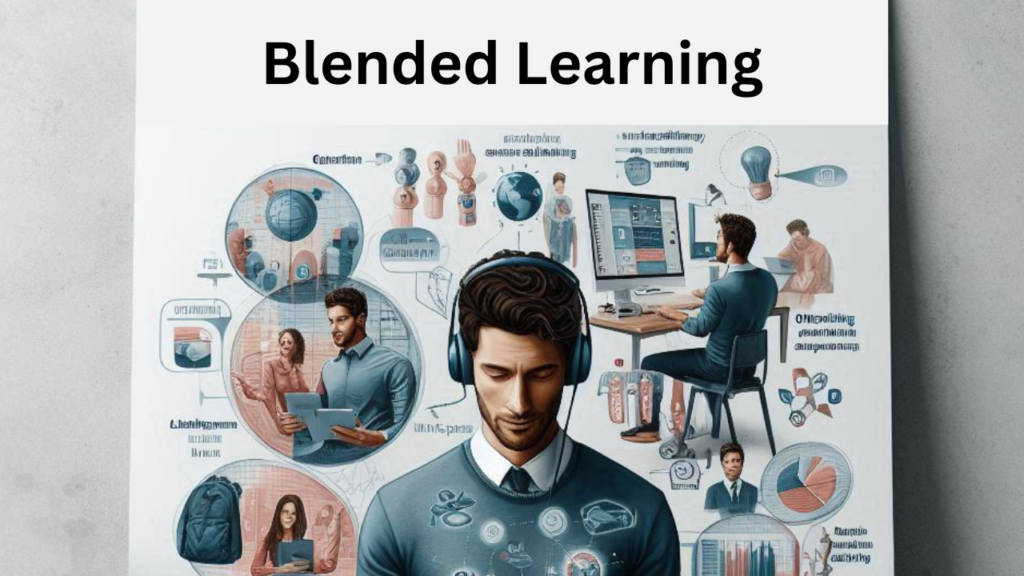Harmonizing Horizons: Mastering Blended Learning for Student Success
This comprehensive article will explore strategies, best practices, and real-world examples to integrate online and in-person education seamlessly. Buckle up, and let’s dive in! 🚀

1. Designing a Blended Learning Curriculum: Best Practices
Blended learning combines face-to-face instruction with online learning experiences. To create an effective blended curriculum, consider the following best practices:
- Design for Learning Outcomes: Focus on learning objectives rather than specific technologies. Ensure alignment between learning outcomes, instructional methods, and assessment.
- Consider Synergy: Blend different components (online and in-person) to create a cohesive learning experience.
- Learner Preferences and Context: Understand your learners’ needs, preferences, and context to tailor the blend effectively.
- Collaborative Learning: Enable collaboration among students through both online and face-to-face interactions.
- Equally Valuable Components: Ensure that all components (online modules, in-person sessions, etc.) are equally valuable.
2. The Role of Technology in Facilitating Blended Learning
Technology plays a crucial role in blended learning environments. Here are some key points:
- Virtual Class Meetings: Leverage synchronous virtual meetings for discussions, group activities, and live interactions.
- Need-to-Know Model: Engage students by creating a need-to-know environment. Make learning relevant and meaningful.
- Reflect and Set Goals: Encourage self-reflection and goal-setting to enhance student motivation and engagement.
- Differentiate Instruction: Use online tools to personalize learning experiences based on individual needs.
- Mobile Learning Tools: Explore mobile apps and platforms to make learning accessible anytime, anywhere.

3. Case Studies of Successful Blended Learning Implementations
Let’s peek into real-world examples of successful blended learning:
- Leading Schools: Explore case studies from leading schools across the country. These schools have embraced blended learning, impacting instructional, operational, and financial models.
- University of Alberta: The Blended Learning Initiative at the University of Alberta provides insights into course journeys, implementation, and learner reception.
4. Strategies for Maintaining Student Engagement
Keeping students engaged is crucial. Here are some strategies:
- Transparency and Validity: Clearly define learning outcomes and align them with assessment methods.
- Formative Assessment: Use formative assessment techniques to monitor student progress and adjust instruction accordingly.
- Peer and Self-Feedback: Leverage online platforms for structured self- and peer-feedback.
- Flipped Classroom: Flip the classroom to encourage active participation and deeper engagement.
5. Assessment and Feedback in Blended Learning
Effective assessment and timely feedback are essential. Consider these actions:
- Check for Understanding: Regularly assess student understanding during online and in-person sessions.
- Meaningful Assignments: Set assignments that align with learning outcomes and provide valuable feedback.
- Structured Opportunities: Use Learning Management Systems (LMS) for self- and peer-feedback.
6. Tools for Blended Learning
Blended learning combines the best of both worlds—traditional classroom methods and innovative eLearning solutions. Here are some powerful tools to enhance your blended learning programs:
- Learning Management System (LMS): An LMS is essential for managing, delivering, and tracking eLearning content. It allows you to create personalized training experiences, reduce costs, and monitor employee performance.
- Webinar Platforms: Webinars bridge the gap between online training and in-person sessions. They provide synchronous interactions, making learning engaging and interactive.
- Video Software: Use video tools to create engaging content. Video lectures, demonstrations, and tutorials can enhance the learning experience.
- Authoring Tools: Authoring tools help you create interactive eLearning content. They allow you to build engaging courses with multimedia elements.
- Collaborative Learning Platforms: Foster collaboration among learners. Platforms like Top Hat, Kahoot, and Flipgrid encourage active participation and knowledge sharing.
Conclusion
Blended learning offers immense potential when thoughtfully designed and implemented. As educators, let’s embrace technology, leverage best practices, and create engaging learning experiences that empower our students. 🌟
Remember, the journey toward optimized blended learning is ongoing, and continuous improvement is key. Happy blending! 🎓🔗
More Articles
- Closing the Gender Gap in STEM Education: Effective Strategies for Promoting Diversity and Inclusion
- “Transforming Educational Technology: Enhancing Immersive Learning with Virtual and Augmented Reality”
- Revolutionizing Online Learning: How Artificial Intelligence Crafts Personalized Education Journeys
- Edupedia: Where Knowledge Blossoms

